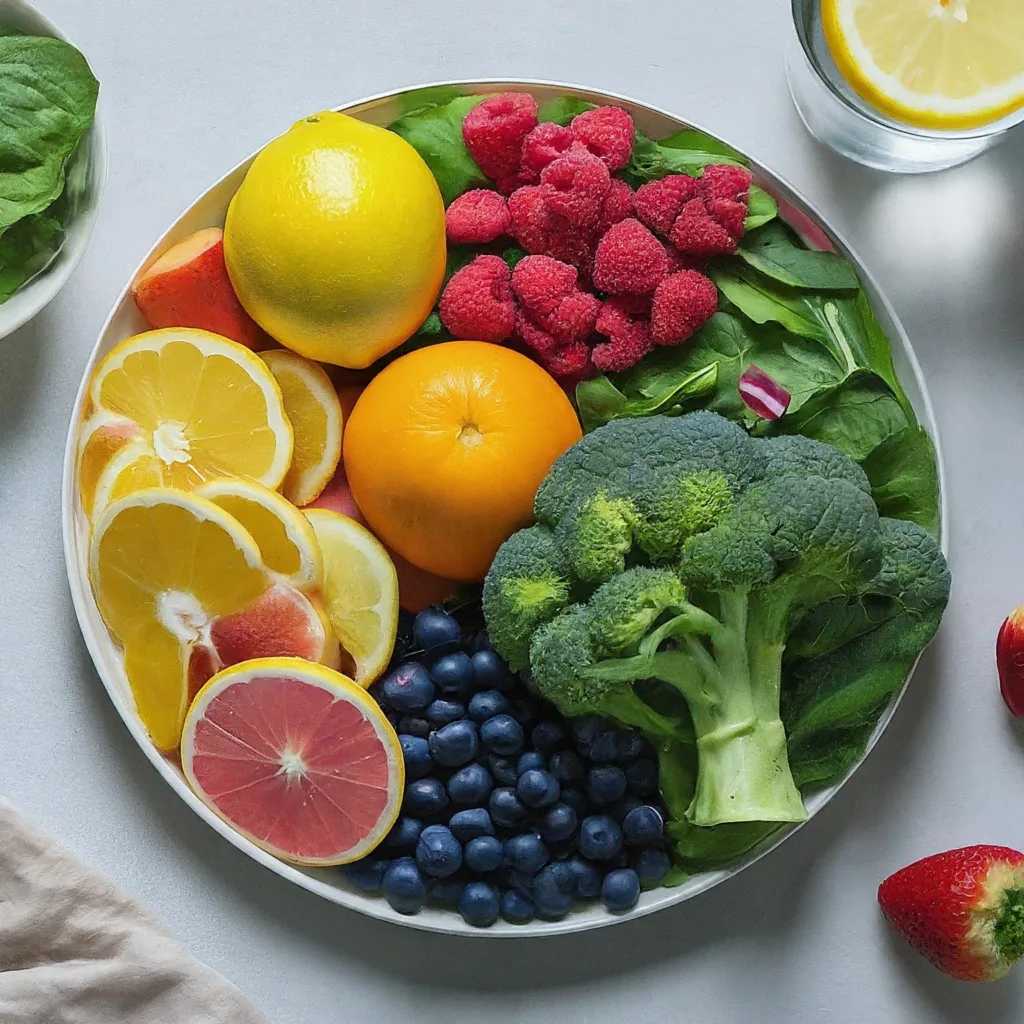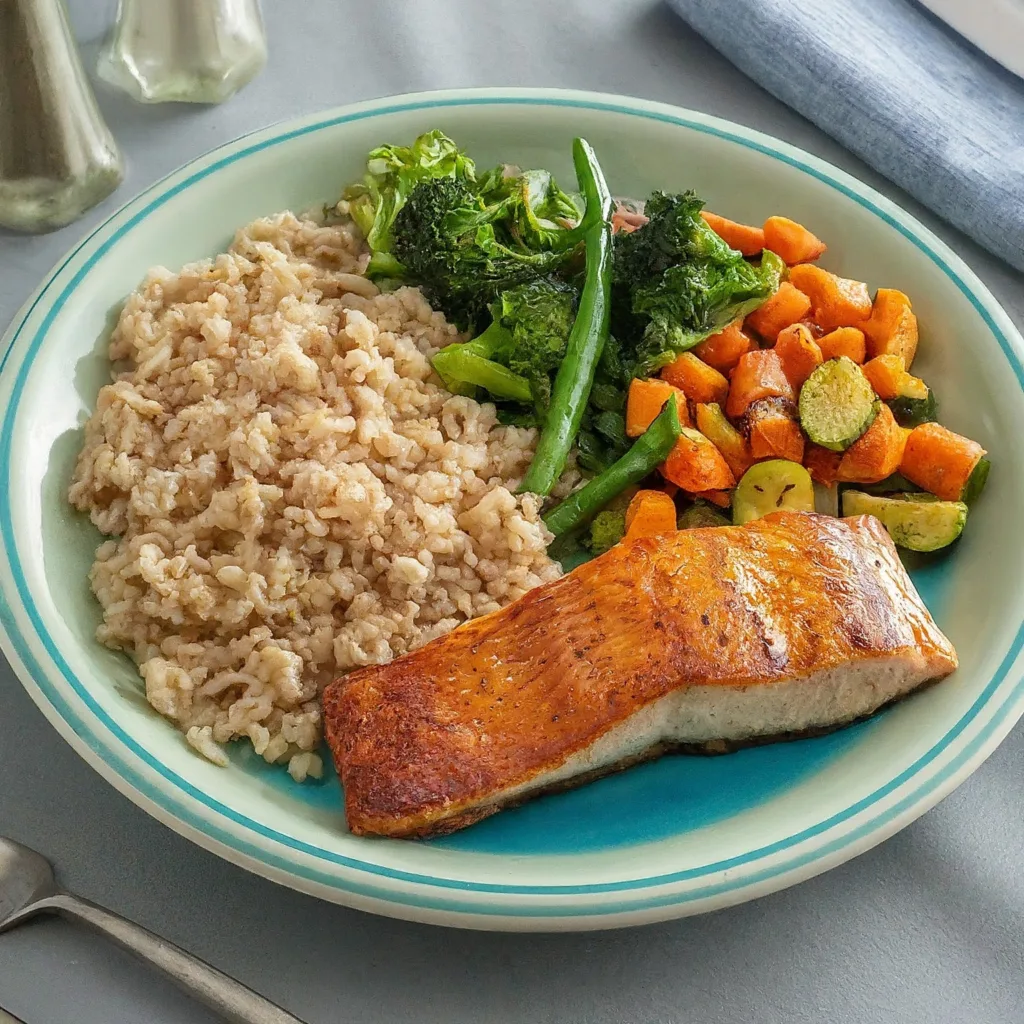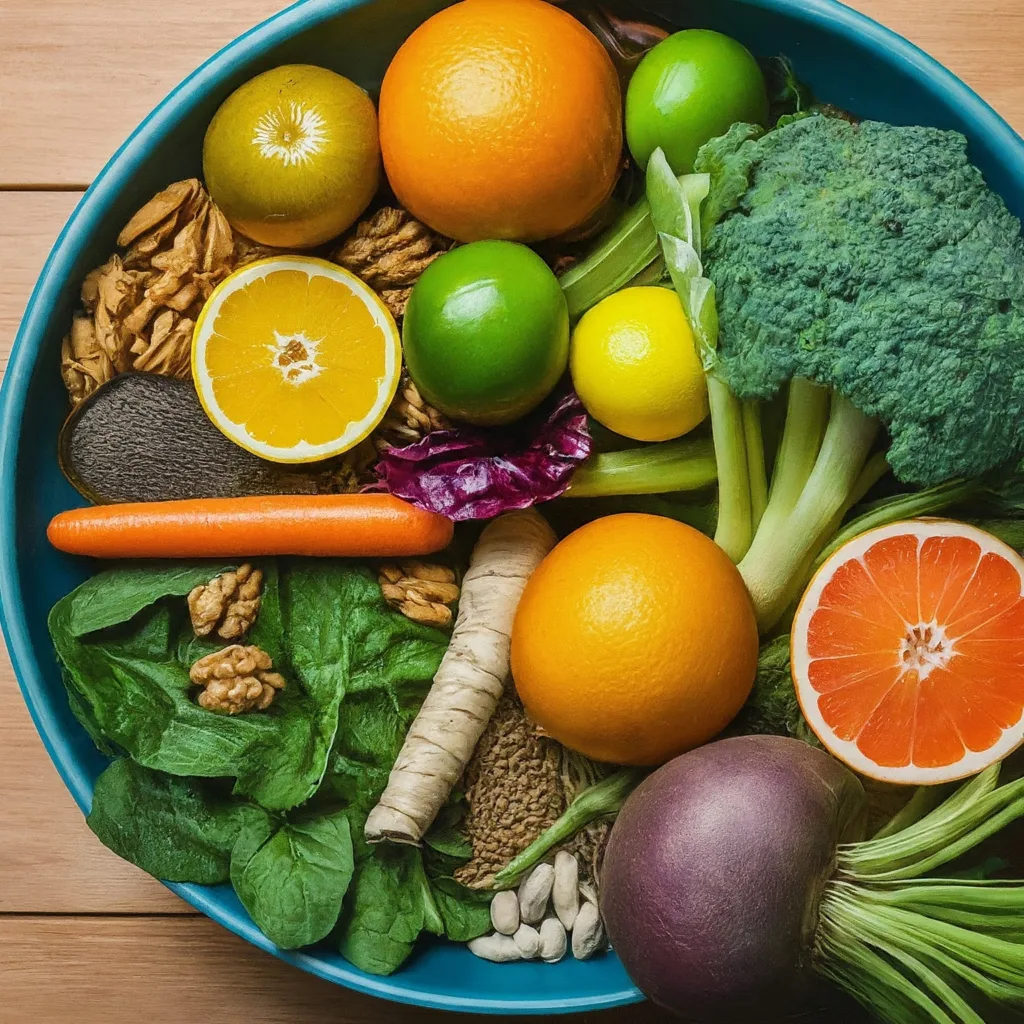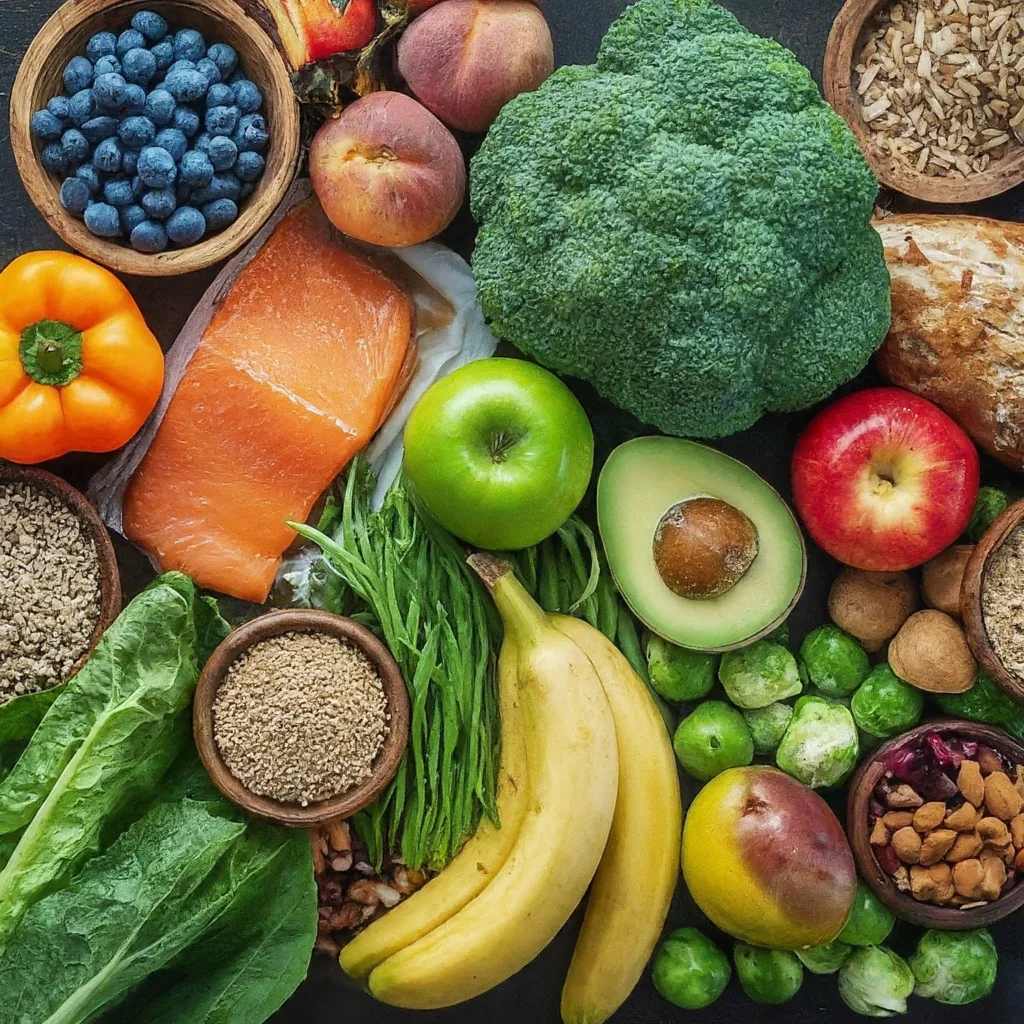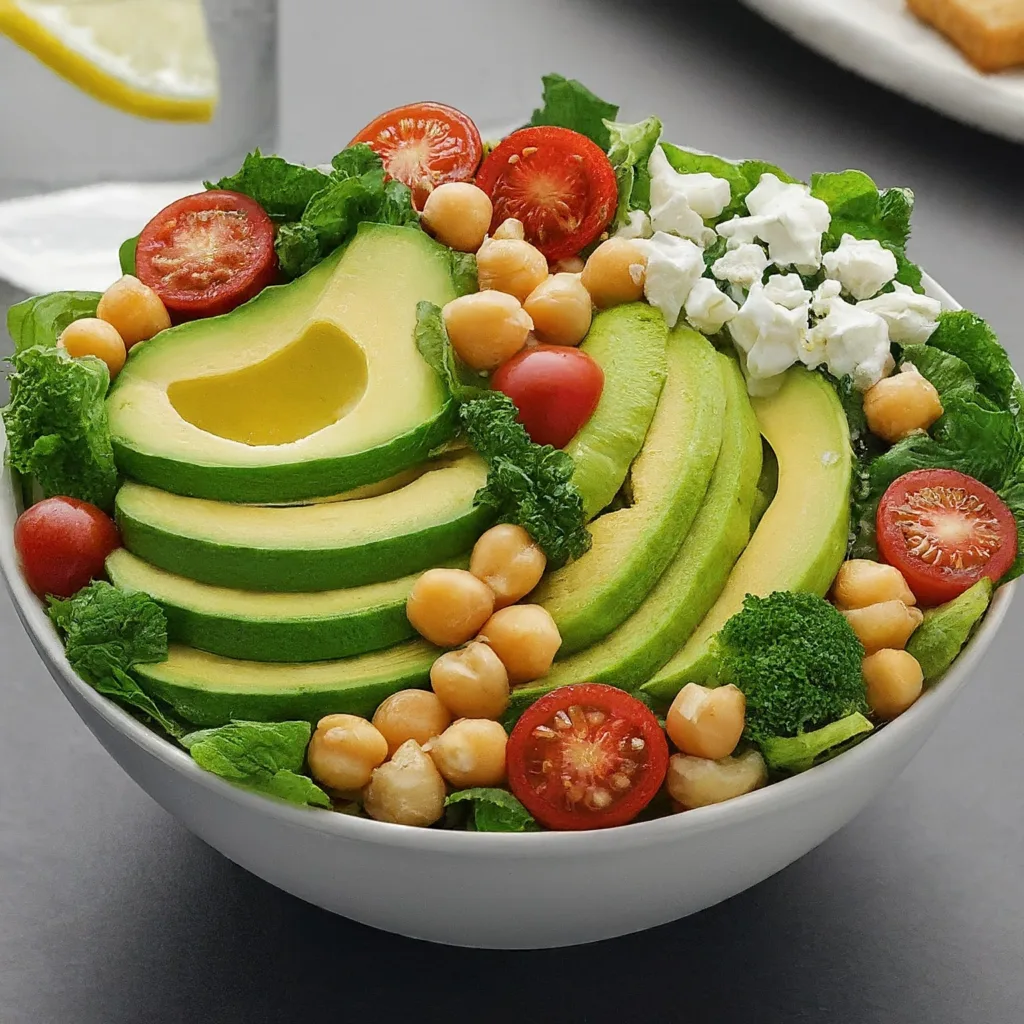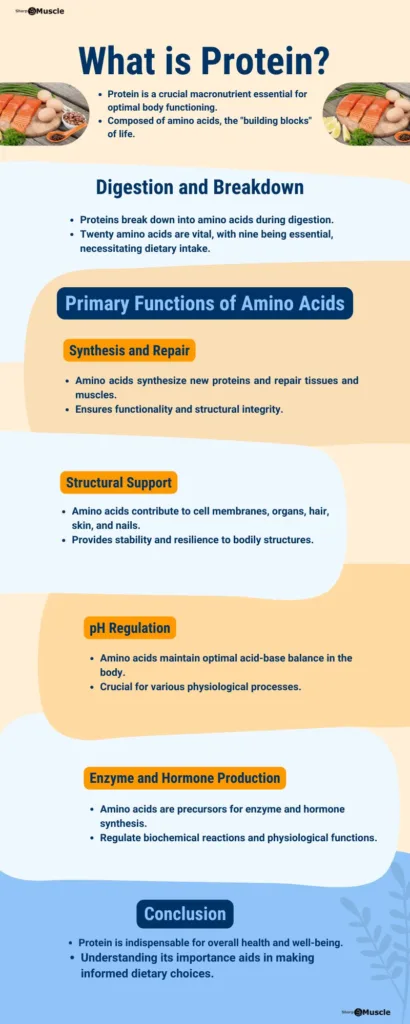Type 2 diabetes diet plays an important role in the management of type 2 diabetes, and maintaining a healthy and balanced diet helps control blood sugar levels and prevent complications.
What is type-2 diabetes?

Type 2 diabetes is a chronic condition that occurs when the body is unable to properly use and store glucose (a type of sugar). This can occur when the pancreas does not produce enough insulin, or when the body’s cells become resistant to insulin. Symptoms of type 2 diabetes include increased thirst, frequent urination, fatigue, blurred vision, and slow wound healing. Risk factors for type 2 diabetes include obesity, physical inactivity, family history of diabetes, and age. Type 2 diabetes can be managed with a combination of diet, exercise, and medication. If left untreated, it can lead to serious complications such as heart disease, kidney damage, and blindness.
Symptoms of Type 2 Diabetes
The symptoms of type 2 diabetes can develop gradually and may be subtle at first, so it’s important to be aware of any changes in your body. Some common symptoms of type 2 diabetes include:
- Increased thirst and frequent urination: As your body tries to get rid of the excess glucose in your blood, you may feel thirsty and need to urinate more often.
- Fatigue: High blood sugar levels can make you feel tired and sluggish.
- Blurred vision: Diabetes can affect the blood vessels in your eyes, leading to changes in your vision.
- Slow wound healing: Diabetes can affect your body’s ability to heal and fight off infections.
- Dry, itchy skin: Diabetes can cause changes in your skin that make it dry and itchy.
- Numbness and tingling in your hands and feet: High blood sugar levels can damage the nerves in your body, leading to numbness and tingling in your extremities.
- Unexpected weight loss: Even though you may be eating more, your body may not be able to use the glucose for energy, which can lead to weight loss.
Complications of type 2 diabetes
Type 2 diabetes can lead to a number of serious complications if it is not well-managed. Here are some of the most common complications associated with type 2 diabetes:
Cardiovascular disease: People with type 2 diabetes are at a higher risk of developing heart disease, stroke, and other cardiovascular problems. 1
Kidney disease: High blood sugar levels can damage the small blood vessels in the kidneys, leading to kidney disease. This can lead to kidney failure and the need for dialysis. 2 3
Nerve damage: Diabetes can damage the nerves, causing a condition called diabetic neuropathy. This can lead to pain, numbness, tingling, and weakness in the hands, feet, and other parts of the body. 4 5
Eye damage: Diabetes can damage the blood vessels in the eye, leading to a condition called diabetic retinopathy. This can cause blindness or vision loss. 6 7
Foot damage: Diabetes can damage the nerves and blood vessels in the feet, leading to a higher risk of foot injuries and infections. 8
Skin problems: Diabetes can cause a variety of skin problems, such as diabetic dermopathy, necrobiosis lipoidica diabeticorum, and eruptive xanthomatosis. 9 10
Sleep apnea: People with type 2 diabetes are at a higher risk of developing sleep apnea, which is a condition that causes breathing to stop and start during sleep. 11 12
Nutrition recommendations
Type 2 diabetes diet recommendations and guidelines focus on maintaining healthy blood sugar levels and preventing complications. Here are some specific recommendations:
- Emphasize non-starchy vegetables: These include leafy greens, broccoli, peppers, and other vegetables that are low in carbohydrates. They are high in fiber, vitamins, and minerals and can help you feel full and satisfied.
- Include moderate amounts of protein: Fish, poultry, lean meats, eggs, and legumes are all good sources of protein. They can help you feel full and satisfied, and can also help regulate blood sugar levels.
- Include healthy fats: Olive oil, nuts, avocado, and other healthy fats can help you feel full and satisfied, and they can also help regulate blood sugar levels.
- Choose whole grains: Whole wheat bread, oats, quinoa, and other whole grains are high in fiber and can help regulate blood sugar levels.
- Limit processed foods, sugar, and saturated fat: These foods can contribute to weight gain, high blood sugar levels, and other health problems.
- Eat regular and consistent meals and snacks: Eating regular and consistent meals and snacks throughout the day can help you maintain stable blood sugar levels and prevent overeating.
- Monitor Carbohydrates: Carbohydrates have the biggest impact on blood sugar levels. Monitor the number of carbohydrates you consume and spread them evenly throughout the day.
- Control portion sizes: Eating appropriate portions of healthy foods can help you maintain stable blood sugar levels, and prevent overeating.
Foods to eat or avoid
In a type 2 diabetes diet, focus on nutrient-dense foods that can help regulate blood sugar levels and prevent complications.
Here is a list of foods that are generally recommended to eat as part of a type 2 diabetes diet:
- Non-starchy vegetables: leafy greens, broccoli, peppers, cauliflower, cucumber, kale, spinach, etc.
- Fruits: Berries, citrus fruits, apples, pears, and kiwi.
- Whole grains: Whole wheat, oats, quinoa, barley, brown rice, and whole-grain bread and pasta.
- Lean proteins: Fish, poultry, lean meats, tofu, tempeh, and legumes (beans, lentils, peas)
- Healthy fats: Nuts, seeds, avocado, olive oil, and fatty fish (salmon, mackerel, sardines)
- Low-fat dairy: Milk, yogurt, cheese, and cottage cheese
- Herbs and spices: These add flavor to food and have anti-inflammatory properties
- Drinks: Water, herbal teas, unsweetened coffee and tea, and non-caloric drinks
Here is a list of foods that are generally recommended to avoid or limit as part of a type 2 diabetes diet:
- Processed foods: Foods with added sugar, salt, and unhealthy fats, such as packaged snacks, fried foods, and fast food.
- Added sugars: Foods and drinks with added sugar, such as candy, pastries, soft drinks, and fruit juice.
- Saturated fats: Foods high in saturated fat such as butter, cream, cheese, and fatty meats.
- Refined carbohydrates: Foods made with white flour, such as white bread, pasta, and pastries.
- Alcohol: Alcohol can affect blood sugar levels and should be consumed in moderation.
- High-calorie beverages: Drinks with added sugar and calories, such as regular soda, sweet tea, and energy drinks.
- Fried foods: Foods that are fried in oil, such as French fries, fried chicken, and doughnuts.
Which types of type 2 diabetes diet plans work well?
There are several types of diet plans that have been shown to be effective for managing type 2 diabetes. Some of the most popular and well-researched include:
The Mediterranean diet: This diet emphasizes whole foods such as fruits, vegetables, whole grains, lean proteins, and healthy fats, and is based on the traditional dietary patterns of people living in the Mediterranean region. Studies have shown that this type of diet can improve blood sugar control and reduce the risk of complications.
Low-carb diets: These diets involve reducing the intake of carbohydrates in order to promote weight loss and improve blood sugar control. Examples include the ketogenic diet, the Atkins diet, and the paleo diet.
DASH diet: The DASH diet (Dietary Approaches to Stop Hypertension) focuses on eating whole foods, such as fruits, vegetables, whole grains, lean proteins, and low-fat dairy, and limiting processed foods and added sugars. Studies have shown that this type of diet can improve blood sugar control and reduce the risk of complications.
Plant-based diets: These diets are based on consuming mostly or exclusively plant-based foods, such as fruits, vegetables, whole grains, legumes, and nuts. Studies have shown that a plant-based diet can improve blood sugar control and reduce the risk of complications.
Pro and cons
Different diets have different pros and cons, and it’s important to evaluate them carefully before making a decision. Here are some pros and cons of some popular diets for type 2 diabetes:
The Mediterranean diet:
- Pros:
- Emphasizes whole foods such as fruits, vegetables, whole grains, lean proteins, and healthy fats.
- Has been shown to improve blood sugar control and reduce the risk of complications.
- May also lower the risk of heart disease.
- Cons:
- May be difficult for some people to follow due to the high cost of certain foods, like seafood.
- May be difficult for people who are not used to eating a lot of fruits and vegetables.
Low-carb diets:
- Pros:
- Can promote weight loss and improve blood sugar control.
- Can be effective in reducing the need for diabetes medication.
- Cons:
- May be difficult for some people to follow, especially if they have a history of eating a high-carb diet.
- May not provide enough fiber and some other essential nutrients.
- May not be suitable for people with kidney disease or other health conditions.
DASH diet:
- Pros:
- Emphasizes whole foods such as fruits, vegetables, whole grains, lean proteins, and low-fat dairy.
- Has been shown to improve blood sugar control and reduce the risk of complications.
- May also lower the risk of heart disease.
- Cons:
- May be difficult for some people to follow due to the high cost of certain foods.
- May be difficult for people who are not used to eating a lot of fruits and vegetables.
Type 2 diabetes diet plan
Breakfast:
- OPTION-1:
- ½ Oats or (½ cup Millets)
- ½ Apple
- 10 Cashews (10 Walnuts or Almonds)
- 2 pinch Cinnamon
- OPTION-2:
- 1 cup Muesli (Bagrry’s Brand) (1 cup Bran Cereals or 1 cup Whole Grain Cereals)
- 1 cup Non-Fat Milk (1 cup Almond Milk or Soy Milk)
- OPTION-3:
- 1 Banana (1cup Strawberries/Blueberries)
- 1 cup Non Fat Milk (1cup Almond Milk or Soy Milk)
- 2sp Flax-seed (2sp Chia or Sesame Seeds) (grounded)
- 1sp Peanut Butter
- 2 pinch Cinnamon
- OPTION-4:
- 1 Whole Egg
- 1 Egg White
- 1 Whole wheat Bread or Chapati
- 1 cup Melon (1 cup Cherries or 1 Pear)
Snack:
- OPTION-1:
- 1 Apple
- 10–12 Almonds (25g Walnuts/Cashews)
- 1 cup Indian Tea (1 cup Green or Herbal Tea)
- OPTION-2:
- 1 Pear
- 1 cup Cherries
- 1 Peanuts (without salted)
- OPTION-3:
- 10–12 Almonds
- 10–12 Cranberries
- 1 cup Indian Tea (1 cup green tea/Herbal tea)
- OPTION-4:
- 1 Apple (1 cup Papaya)
- 1 cup Berries or Cherries (1 Pear or Guava)
- 28g Peanuts or 10 Cashews (non-salted)
Lunch:
- OPTION-1:
- ½ cup cooked Brown Rice (½ cup Poha or Flattened Rice)
- Add vegetables
- Peas
- Cauliflower
- Carrots
- Bell pepper
- Onion (Add Tulsi)
- 1 cup Low fat Yogurt (Curd)
- OPTION-2:
- 60-8g Tofu (60-‐80g Fresh Paneer) or (3 Egg Whites)
- Add 2 cup vegetables
- Peas
- Bell pepper
- Tomato
- Ginger
- Onion
- 1 Whole wheat chapati
- OPTION-3:
- ½ cup cooked Brown Rice
- 1 cup Kidney Beans (½ cup Black Lentil or ½ cup White or Black Chickpeas)
- ½ Cucumber
- Spinach
- Cooked olive oil
Evening snack:
- OPTION-1:
- 2 Fiber Biscuits or 2 Oats Cookie (Britannia Nutricare)
- 1 cup Skim Milk
- OPTION-2:
- 1 Homemade protein bar (Protein should be 25g)
- 1 cup Indian Tea
- OPTION-3:
- 1 cup Roasted Soy Beans (1 cup Black or White Chickpeas)
- 1 cup Indian Tea or Green Tea
Dinner:
- OPTION-1
- ½ cup Kidney Beans (½ cup Black Kidney Beans/½ cup Lentil)
- 2sp Onion
- 2sp Tomato
- 50g Paneer or 60g Grilled Chicken or 50g Soy Chunks or 50g Tofu
- ½ chopped Carrot
- ½ chopped Cucumber
- ½ Lemon
- Little bit of cilantro
- OPTION-2:
- 1 Whole wheat chapati
- 1 cup mixed vegetables
- Peas (Green Beans)
- Cauliflower (½ cup Broccoli)
- Carrots
- Bell pepper (Red Bell Pepper)
- Onion
- OPTION-3:
- 1 Bowl Chicken Soup (1 Bowl Homemade Tomato Soup)
- 2 Boiled Egg Whites
- 1 Whole wheat chapati
- OPTION-4:
- ½ cup cooked Brown Rice (1 Roti)
- 1 cup Any Lentil or ½ cup Mushrooms (Cooked in olive oil or coconut oil)
- ½ Apple or ½ Orange
Bottom line
A diet plan for type 2 diabetes should focus on maintaining healthy blood sugar levels and preventing complications. It’s important to work with a registered dietitian or a healthcare provider to create a personalized diet plan that fits your specific needs and preferences.
Some general guidelines for creating a diet plan for type 2 diabetes include choosing nutrient-dense foods, limiting added sugars, controlling portion sizes, controlling carbohydrate intake, incorporating fiber-rich foods, and eating at regular intervals. Some diets that have been shown to be effective for managing type 2 diabetes include the Mediterranean diet, low-carb diets, and the DASH diet.
It’s important to keep in mind that weight loss and blood sugar control can be achieved through a combination of diet and exercise, so a combination of an appropriate diet and regular physical activity is recommended for people with type 2 diabetes.
It’s also important to be aware of the potential complications of type 2 diabetes and to work with a healthcare provider to monitor your blood sugar levels, blood pressure, and other health markers.
In conclusion, a healthy diet is a key component of managing type 2 diabetes. It’s important to work with a healthcare professional to create a personalized meal plan that fits your specific needs and preferences, and to follow it consistently to achieve the best results.
- Martín-Timón I, Sevillano-Collantes C, Segura-Galindo A, Del Cañizo-Gómez FJ. “Type 2 diabetes and cardiovascular disease: Have all risk factors the same strength?” World J Diabetes. 2014 Aug 15;5(4):444-70. doi: 10.4239/wjd.v5.i4.444. PMID: 25126392; PMCID: PMC4127581.[↩]
- Thomas MC, Brownlee M, Susztak K, Sharma K, Jandeleit-Dahm KA, Zoungas S, Rossing P, Groop PH, Cooper ME. “Diabetic kidney disease.” Nat Rev Dis Primers. 2015 Jul 30;1:15018. doi: 10.1038/nrdp.2015.18. PMID: 27188921; PMCID: PMC7724636.[↩]
- Nordheim E, Geir Jenssen T. “Chronic kidney disease in patients with diabetes mellitus.” Endocr Connect. 2021 Apr 29;10(5):R151-R159. doi: 10.1530/EC-21-0097. PMID: 33830068; PMCID: PMC8111312.[↩]
- Juster-Switlyk K, Smith AG. “Updates in diabetic peripheral neuropathy.” F1000Res. 2016 Apr 25;5:F1000 Faculty Rev-738. doi: 10.12688/f1000research.7898.1. PMID: 27158461; PMCID: PMC4847561.[↩]
- Bansal V, Kalita J, Misra UK. “Diabetic neuropathy.” Postgrad Med J. 2006 Feb;82(964):95-100. doi: 10.1136/pgmj.2005.036137. PMID: 16461471; PMCID: PMC2596705.[↩]
- Wang W, Lo ACY. “Diabetic Retinopathy: Pathophysiology and Treatments.” Int J Mol Sci. 2018 Jun 20;19(6):1816. doi: 10.3390/ijms19061816. PMID: 29925789; PMCID: PMC6032159.[↩]
- Duh EJ, Sun JK, Stitt AW. “Diabetic retinopathy: current understanding, mechanisms, and treatment strategies.” JCI Insight. 2017 Jul 20;2(14):e93751. doi: 10.1172/jci.insight.93751. PMID: 28724805; PMCID: PMC5518557.[↩]
- Song K, Chambers AR. “Diabetic Foot Care.” In: StatPearls [Internet]. Treasure Island (FL): StatPearls Publishing; 2022 Jan-. Available from: ncbi.nlm.nih.gov/books/NBK553110/.[↩]
- Labib A, Rosen J, Yosipovitch G. “Skin Manifestations of Diabetes Mellitus.” In: Feingold KR, Anawalt B, Boyce A, et al., editors. Endotext [Internet]. South Dartmouth (MA): MDText.com, Inc.; 2000-. Available from: ncbi.nlm.nih.gov/books/NBK481900/.[↩]
- Mendes AL, Miot HA, Haddad V Junior. “Diabetes mellitus and the skin.” An Bras Dermatol. 2017 Jan-Feb;92(1):8-20. doi: 10.1590/abd1806-4841.20175514. PMID: 28225950; PMCID: PMC5312172.[↩]
- Tahrani AA, Ali A. “Obstructive Sleep Apnoea and Type 2 Diabetes.” Eur Endocrinol. 2014 Feb;10(1):43-50. doi: 10.17925/EE.2014.10.01.43. Epub 2014 Feb 28. PMID: 29872463; PMCID: PMC5983096.[↩]
- Muraki I, Wada H, Tanigawa T. “Sleep apnea and type 2 diabetes.” J Diabetes Investig. 2018 Sep;9(5):991-997. doi: 10.1111/jdi.12823. Epub 2018 Apr 14. PMID: 29453905; PMCID: PMC6123041.[↩]



